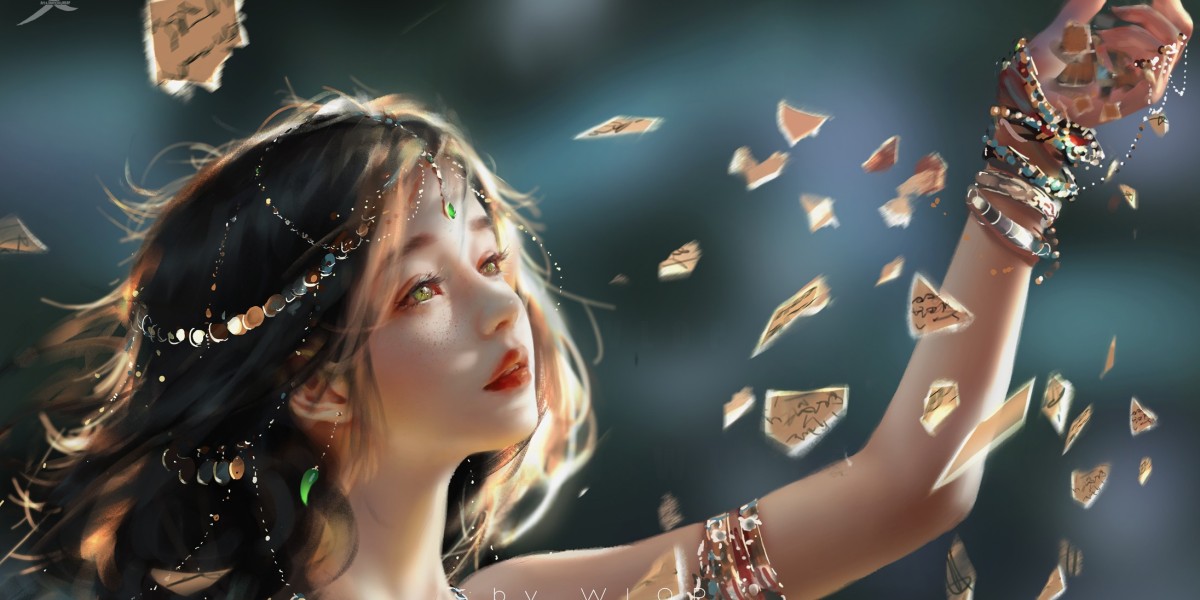Unveiling the Secrets of Viking Jewelry: A Journey Through Time and Treasure
Viking jewelry holds a unique place in the tapestry of Norse culture, serving not only as adornment but as a rich historical narrative of the era. Each piece tells a story, intricately woven with the threads of craftsmanship, cultural exchange, and societal values. The allure of Viking artifacts captivates historians, collectors, and enthusiasts alike, revealing mysteries of a civilization known for its exploration and artistry. As we delve deeper into the fascinating world of Viking jewelry, we will explore its origins, the various types of jewelry crafted by skilled artisans, and the cultural significance that these treasures held in the lives of the Vikings.

The Historical Context of Viking Jewelry
The origins of Viking jewelry can be traced back to the early medieval period, roughly between the 8th and 11th centuries. The Vikings were not only fierce warriors but also skilled traders and craftsmen, heavily influenced by their interactions with different cultures along trade routes spanning from Scandinavia to the Byzantine Empire. This cultural exchange enriched their craftsmanship, leading to the incorporation of various materials such as gold, silver, bronze, and precious gemstones into their jewelry making. The intricate designs often featured motifs inspired by Norse mythology and symbolism, showcasing the Vikings' deep connection to their beliefs and the natural world.
Artifacts discovered from archaeological sites indicate that Viking jewelers employed advanced techniques such as casting, engraving, and filigree, demonstrating their expertise and attention to detail. Each piece of jewelry was not just an object of beauty; it was often imbued with personal significance, marking important life events or symbolizing one's status within the community. The craftsmanship of Viking jewelry is a testament to the artistry of the time, combining utility with aesthetic appeal. Friends who have traveled to Norway often share tales of how they were mesmerized by the intricate designs of Viking jewelry displayed in museums, further fueling their fascination with this remarkable culture.
Types of Viking Jewelry
Viking jewelry encompassed a variety of types, each serving different purposes and reflecting the social dynamics of the time. Among the most common types were brooches, rings, and necklaces, each meticulously designed with unique symbols and craftsmanship. Brooches, often used as fasteners for clothing, were not only functional but also served as decorative elements, showcasing the wearer's wealth and taste. Rings and arm rings were significant indicators of social status, while necklaces, often adorned with pendants, carried personal and protective meanings. The diversity in Viking jewelry reflects the complexity of their society and the value placed on personal adornment.
Brooches and Clasps
Brooches and clasps were among the most prominent forms of Viking jewelry, serving a dual purpose of functionality and ornamentation. These pieces were essential for fastening cloaks and garments, illustrating the practical needs of Viking life. However, they were often elaborately designed, featuring intricate patterns and motifs that represented family lineage, personal achievements, or even mythological themes. The craftsmanship in brooches could vary significantly, from simple forms to highly ornate designs, often made of silver or bronze. A friend of mine once inherited a simple yet elegant brooch, which she discovered belonged to her great-grandmother. This connection to her ancestry deepened her appreciation for the historical significance of such pieces.
Rings and Arm Rings
Rings and arm rings held considerable significance in Viking culture, often symbolizing social status, wealth, and identity. These pieces were not merely decorative but also served as markers of one's role within the community. For instance, arm rings were often used as a form of currency, exchanged during important transactions or ceremonies. The design of rings could vary widely, with some featuring intricate engravings and others embedded with gemstones. The personal stories attached to these rings often reflected moments of triumph or remembrance, making them cherished possessions. A personal anecdote comes to mind when a friend shared their experience at a Viking reenactment festival; they were fascinated by how participants showcased authentic Viking jewelry, including striking arm rings that echoed tales of bravery and honor.
Pendants and Necklaces
Pendants and necklaces were also pivotal in Viking jewelry, frequently adorned with symbols that represented protection, love, or luck. These pieces were often worn close to the heart, signifying their personal importance to the wearer. Many necklaces featured intricate designs, including Thor's hammer or various runes, believed to offer protection or blessings. The significance of these symbols extended beyond mere aesthetics; they were deeply intertwined with the spiritual beliefs of the Vikings. A close friend once traveled to Iceland and brought back a beautiful pendant engraved with Viking runes. It became a cherished item, embodying both a connection to her travels and the rich history of Viking culture.
The Cultural Significance of Viking Jewelry
Viking jewelry was far more than mere decoration; it served as a profound reflection of the beliefs, status, and identity within Viking society. Each piece was imbued with meaning, often signifying one's place in the social hierarchy or connection to spiritual beliefs. Jewelry was a form of storytelling, with intricate designs conveying tales of gods, nature, and the human experience. The practice of wearing jewelry also played a role in rituals and celebrations, marking significant life events such as marriages, births, and deaths. This connection between jewelry and personal identity highlights the importance of craftsmanship in expressing individuality. Friends who have studied Norse mythology often express their fascination with how jewelry served as a bridge between the physical and spiritual realms, a testament to the Vikings' profound understanding of artistry and symbolism.
Exploring the Legacy of Viking Jewelry
In conclusion, Viking jewelry offers a remarkable insight into the historical and cultural landscape of the Norse people. From the intricate craftsmanship to the deep symbolism embedded in each piece, these artifacts tell stories that have endured through centuries. As we reflect on the significance of Viking jewelry, we gain an appreciation for the artistry and cultural narratives that shaped a civilization known for its exploration and ingenuity. Each piece not only serves as a testament to the skills of ancient artisans but also invites us to connect with the rich tapestry of history that continues to inspire us today.







